District Energy and Decarbonization Low Carbon Energy Infrastructure of the Future







We are a global network of changemakers creating smart, resilient, and connected Living Systems.
Committed to reshaping the world, our problem solvers combine cutting-edge digital solutions with emerging innovations and industry-leading sustainability strategies to transform the built environment. We collaborate with our clients to create living systems that are smart, secure, resilient, and connected – spaces that uplift communities, protect the health of the planet, and adapt to meet the demands of the future.
Introba is a pioneer of high performance engineering and a leader in creating sustainable policies, strategies, and solutions in the building industry.
Our award-winning projects with clients in over 30 countries, both at the building scale and the district scale, demonstrate that the healthy, efficient, regenerative buildings need not toll our planet. Within our portfolio, we have designed and engineered over 100 Net Zero Energy buildings around the world.
Introba is proud to be a founding signatory of the World Green Building Council’s Net Zero Carbon Commitment.




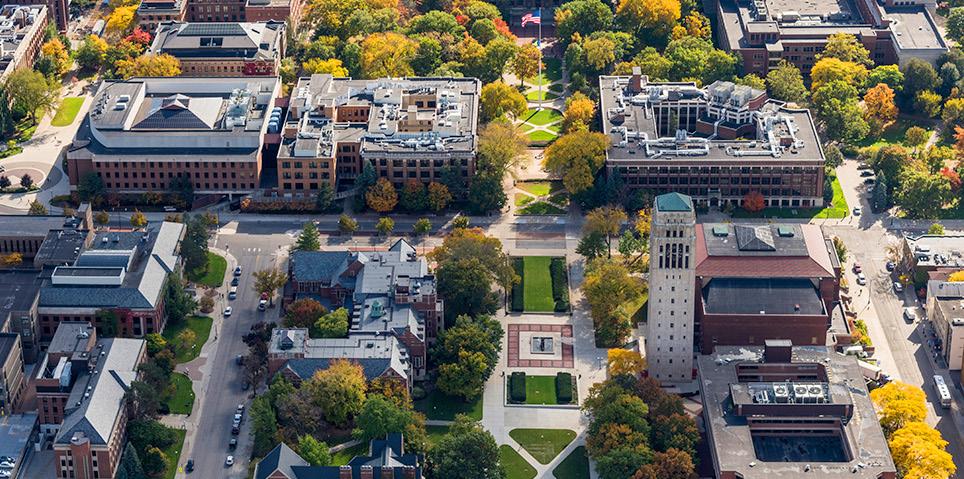

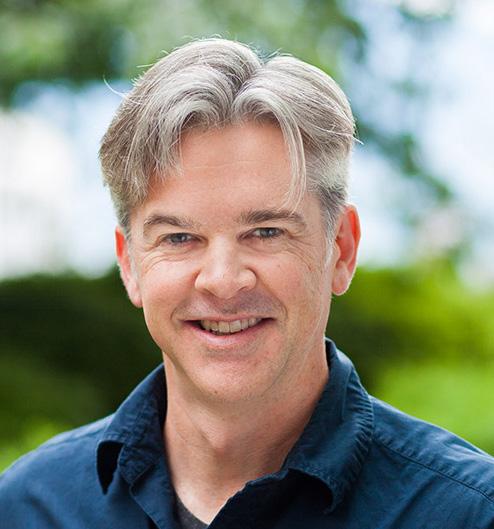


Introba’s approach to District Energy Systems leads the industry in innovating and implementing flexible, resilient, next generation solutions with strong environmental and financial performance.


Our Low-Energy District energy system designs use heat pumps as primary energy conversion technologies in centralized or distributed configurations complemented with any combination of on-site low-carbon and low-exergy thermal sources, sinks, and storage. Introba has coined the term and developed the first Ambient Temperature Loop design, a versatile backbone for multitude of distributed low-exergy thermal sources or sinks that can also be complemented with on-site renewable electricity generation and storage and microgrid systems.
Optimal district energy solutions vary but the traditional approach to district energy typically provides “heating only” service, involving some
Within North America, where District Energy Systems are prevalent in campuses, institutions, and planned communities, there is a significant opportunity to implement low carbon technologies and solutions to heat and cool buildings, achieving true sustainable change.
With a rapidly changing climate, there is an increasing need to transition to a low carbon society.David Barker SENIOR PRINCIPAL, AUSTRALIA Hugh Dugdale ASSOCIATE PRINCIPAL, UK Justin TK Chin PRINCIPAL, CANADA Vladimir Mikler PRINCIPAL, CANADA Eric Solrain SENIOR PRINCIPAL, US
source—and either a steam or high temperature hot water distribution network. This approach no longer meets current trends, needs, or goals for the built environment.
Since their initial inception, district energy systems providing heating only service have evolved in four steps, or “Generations” (as coined by EU’s Strategic Energy Technologies Information System, or SETIS). These Generations are:
• 1st Generation District Heating: Steam
• 2nd Generation District Heating: High pressure & high temperature water (> 212°F or 100°C)
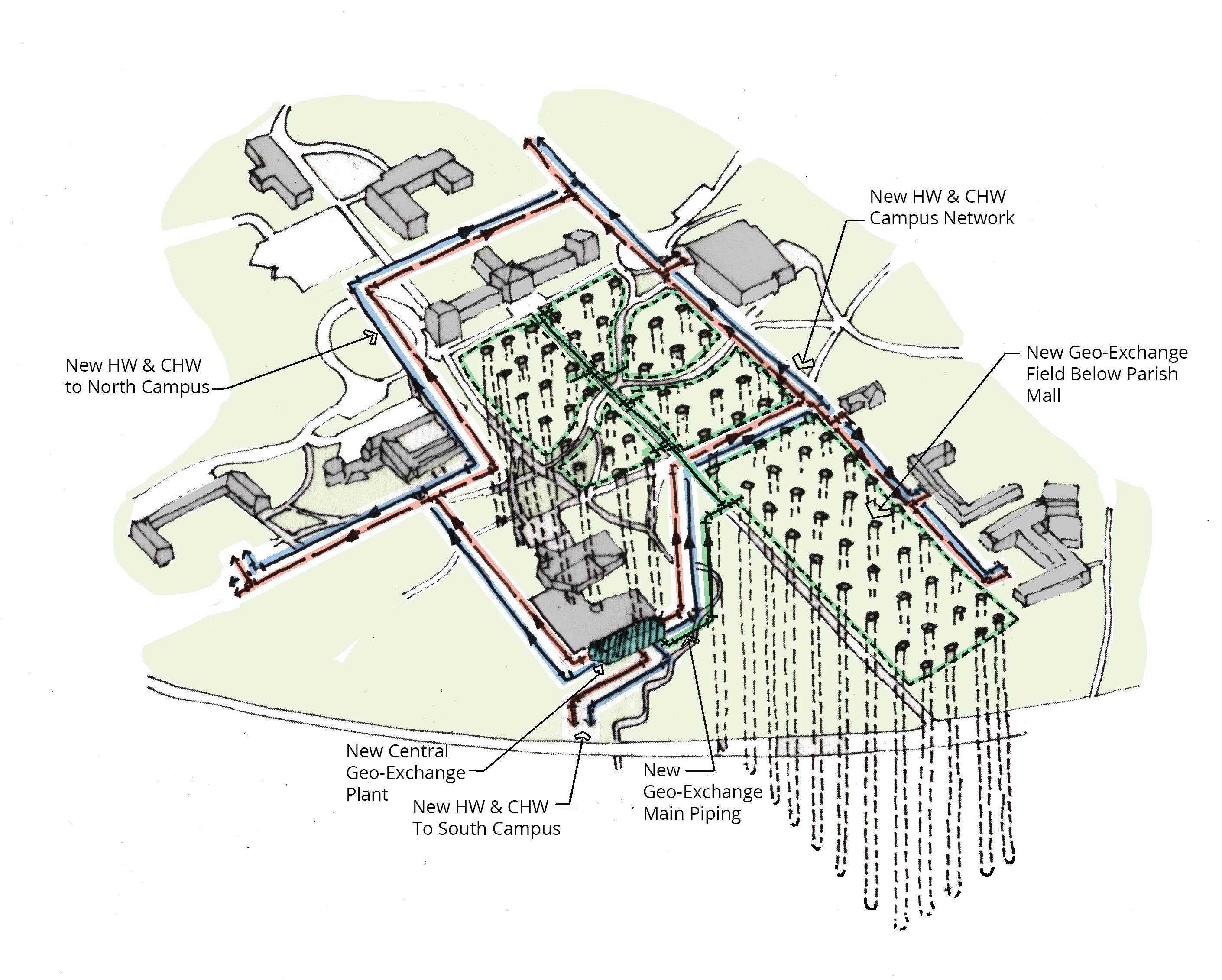
• 3rd Generation District Heating: High temperature water (< 212°F / 100C)
• 4th Generation District Heating: Low temperature water (< 140°F or 60°C)
Despite of the evident increase in summertime global temperatures and the corresponding increased need for cooling, the focus of the 4th Generation District Heating approach is still—as the name indicates—heating only. By integrating innovation and creativity with pragmatism, and still adhering to the fundamental laws of physics, Introba developed the “5th Generation” of thermal energy solutions. These systems provide both heating and cooling, are technically sound, have stellar energy and carbon performances, with some achieving Net Zero Carbon.
used successfully for designing and implementing many of our innovative 5th and 6th Generation District Energy Systems can be applied systematically to any district energy project, including energy masterplans for university campuses or lean “spartan” district energy project for a neighborhood-scale developments. The only variation in approach is the depth and detail into which each of the steps would be developed, to suit specific project needs.
Our approach is based on real “boots on the ground” experience from our previous projects. These solutions and systems address the current needs for climate adaptation and resilience, maximize energy efficiency with heat recovery, and minimize emissions by electrification. Not only do our district energy solutions address the current climate context, but they also form the basis for the future “6th Generation Multi- Energy” systems, which aim to integrate other forms of energy generation, conversion, storage technologies, (such as photovoltaic, microgrid, electrical storage, thermal energy storage, geo-exchange).
Helping clients to achieve sustainable, resilient, & pragmatic integrated multi-energy solutions.
Introba’s service offering is developed to meet the specific needs of our clients, ranging from energy infrastructure studies that inform deep green energy systems retrofits, to feasibility studies that validate environmental and financial performances of different multi-energy system options, to low or net zero carbon energy systems design and documentation for construction.
These services have been developed based on years of extensive and robust experience with innovating and implementing sustainable, resilient energy solutions in different sectors, and have been proven to bring about successful outcomes and value to our clients.
Working with our clients across various sectors (universities, colleges, municipalities, airport authorities, thermal utilities, developers), we provide in-depth studies of existing thermal energy infrastructures.
Leveraging our experience and expertise, we complete these studies with bespoke, robust, and pragmatic energy strategies and recommendations to adapt existing energy infrastructures, to achieve specific project goals while meeting the triple bottom line.
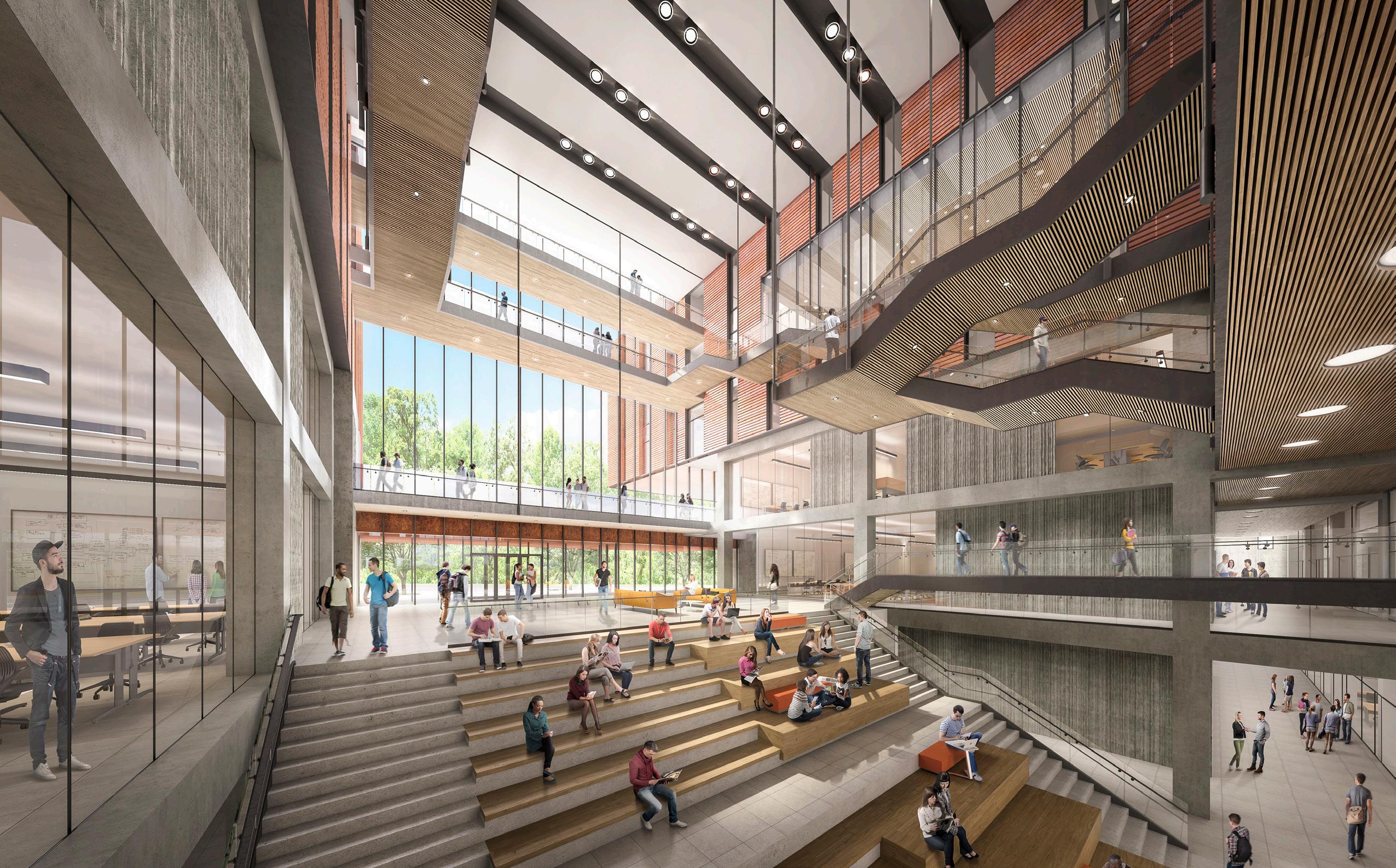
With decades of experience and a solid track record, we provide a broad range of services related to geo-exchange, from initial feasibility studies, through design services, to construction administration and commissioning oversight services. Geoexchange configurations are project- specific, including closedloop vertical or horizontal; open-loop aquifer; open or closedloop lake, river, ocean; and “Geo Energy Piles” integrated with structural foundations.
To support our designs, we use several advanced modeling tools to optimize the geo-exchange system and integrate it into a more complex energy solution with multiple low-grade energy sources.
Continuing from our studies and analyses, our team of professional design engineers use real world experience to bring projects through design to construction, at both the building scale and the district energy scale.
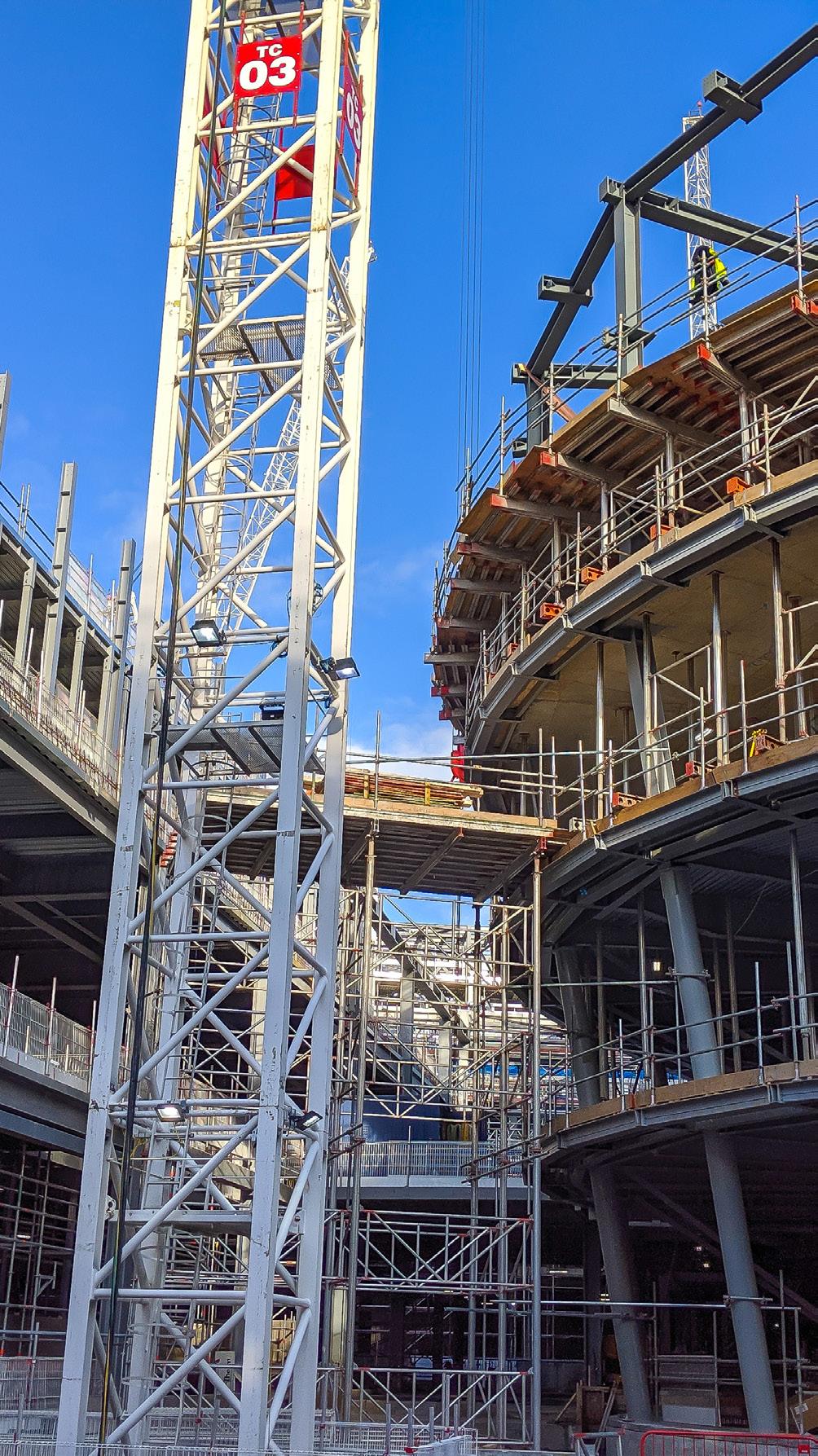
Having pioneered both “5th and 6th Generation” multienergy systems, we have the experience to integrate multiple technologies into elegant system configurations to meet project goals. Integrated energy systems could include heat pumps; geo-exchange; sewer or process heat recovery; solar thermal or photo voltaic; thermal energy storage; and electrical microgrid or storage.
In addition to services that assist infrastructure projects, Introba also provides consulting services that leverage our expertise to help guide policy and decision making. For example, this includes, but is not limited to, reviews of emerging technologies, regulatory reviews pertaining to thermal energy systems, and market research. These consulting services keep Introba at the forefront of industry and allow us to bring the most relevant and innovative solutions to our clients.
We approach all projects with pragmatism, because we understand implementable solutions are ones that meet the triple bottom line. As such, complementary to the technical service offering, Introba also provides financial analysis services to our clients, for energy infrastructure projects.
Introba developed tools to evaluate the financial performances of different energy system configurations, and has the ability can generate clear life cycle financial metrics, such as levelized costs of energy and net present values, to support our technical recommendations.


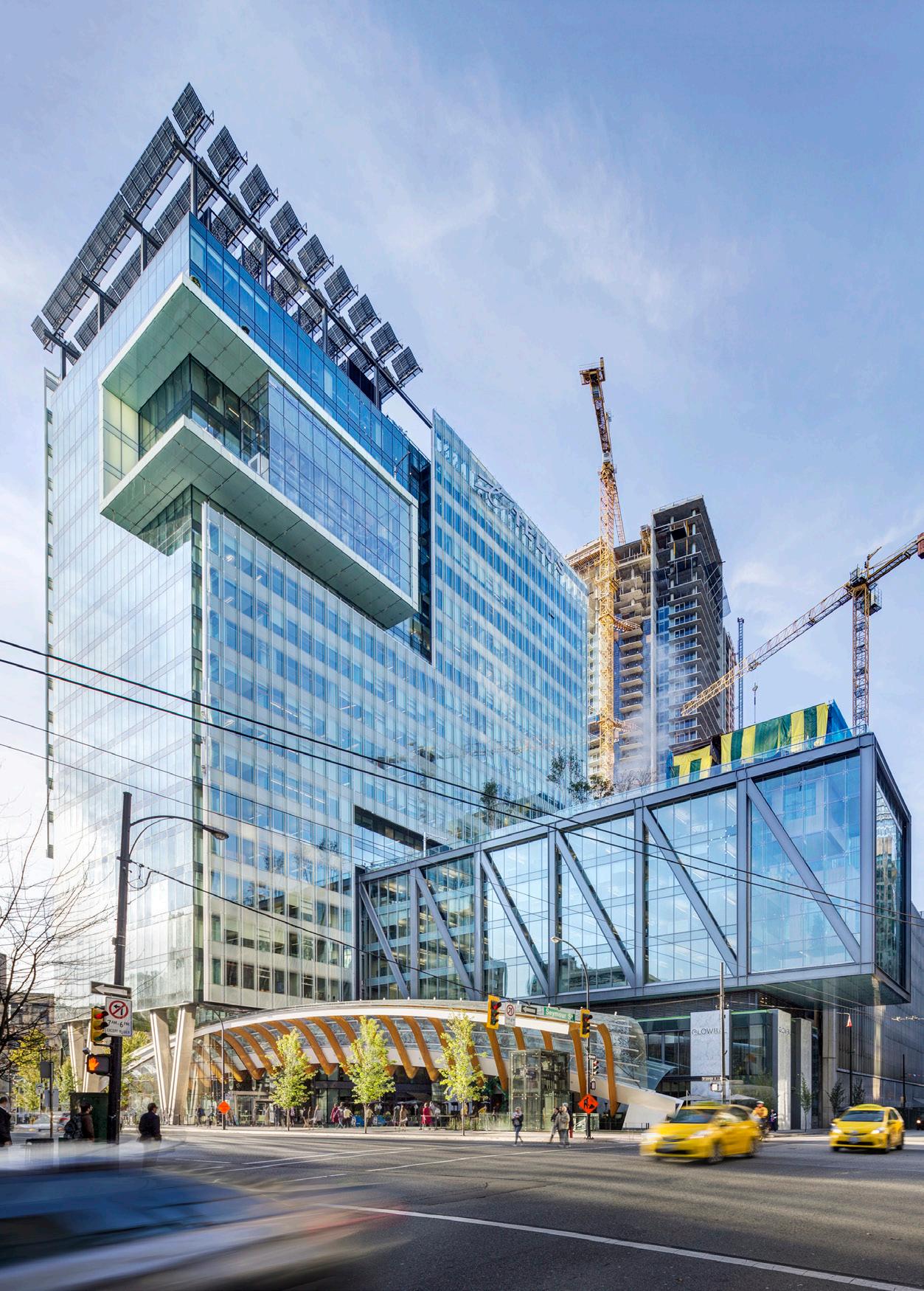
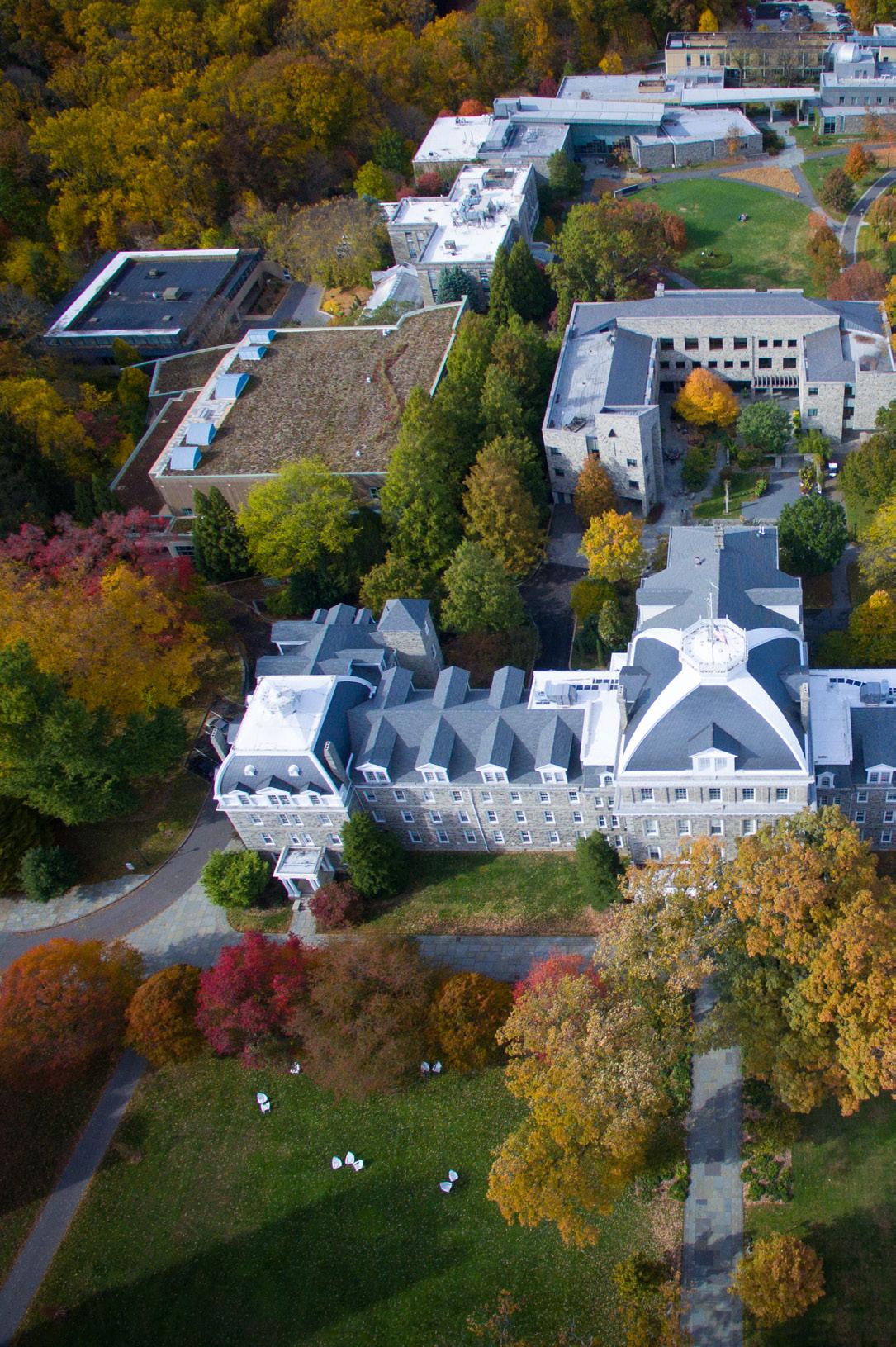

 Vancouver International Airport CORE Program
TELUS Garden Oregon University of Michigan
Vancouver International Airport CORE Program
TELUS Garden Oregon University of Michigan

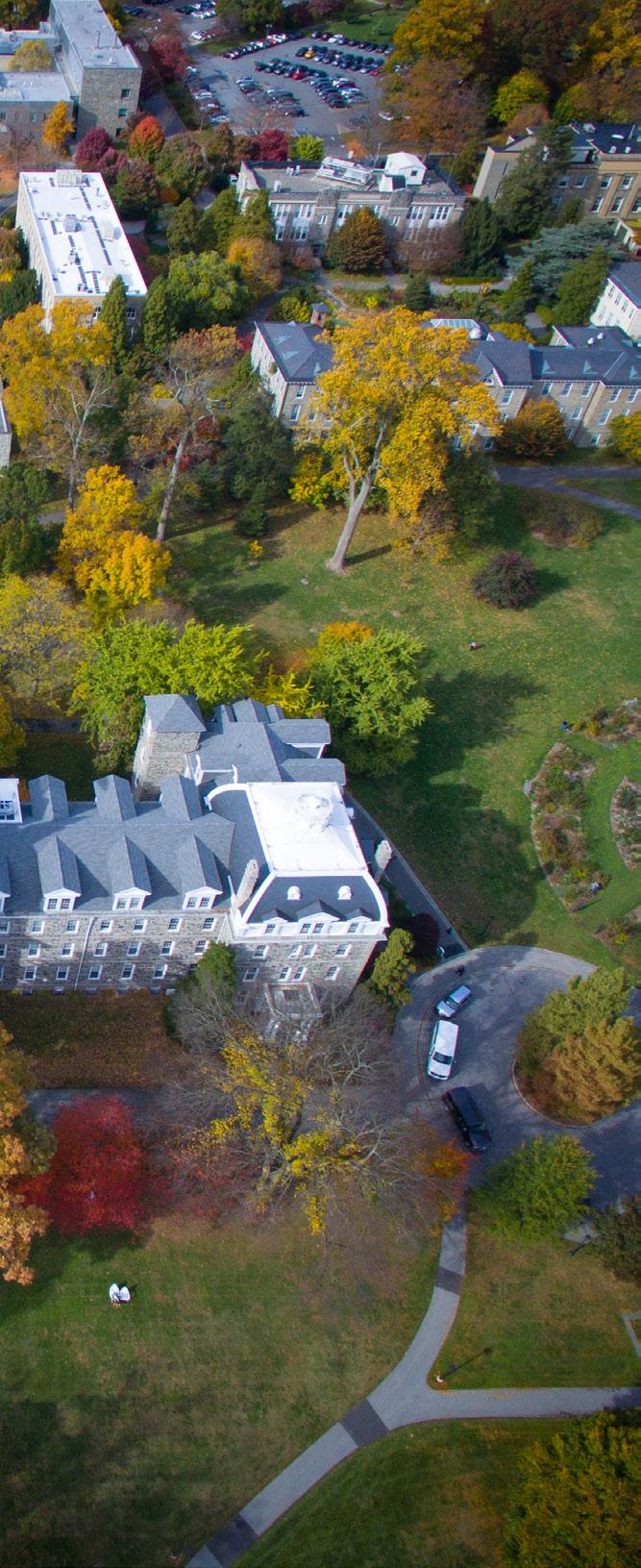
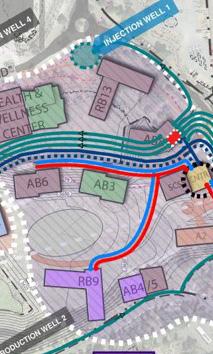
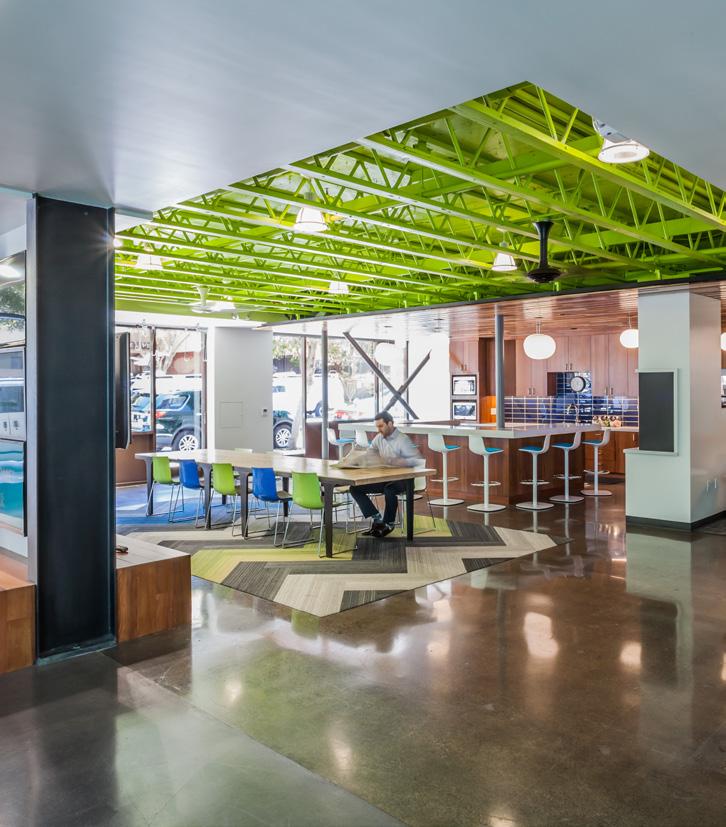
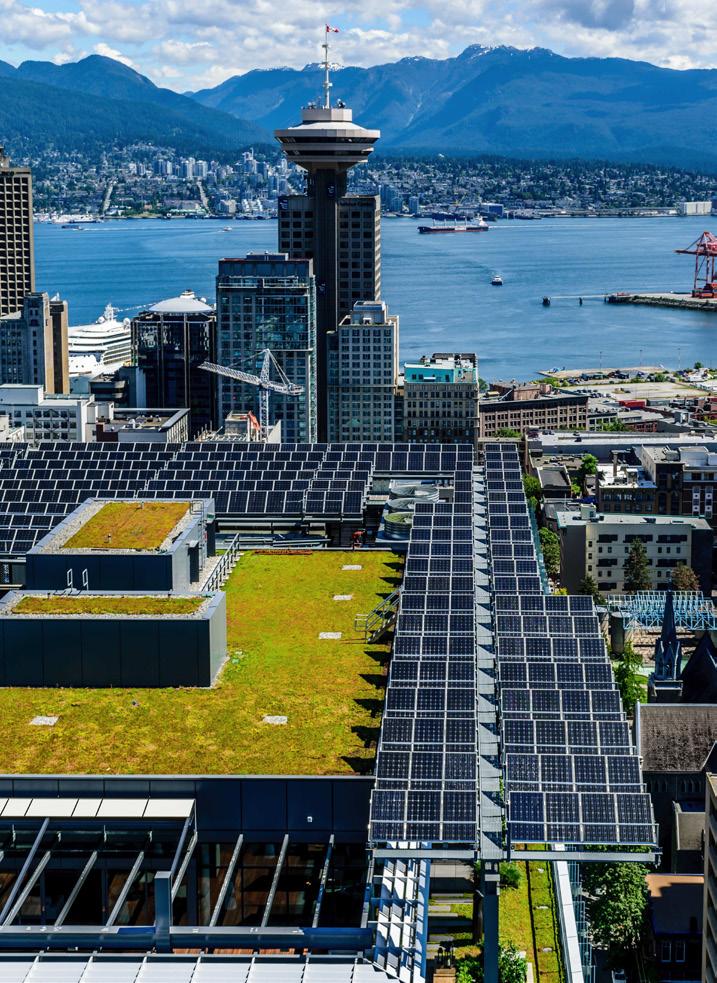
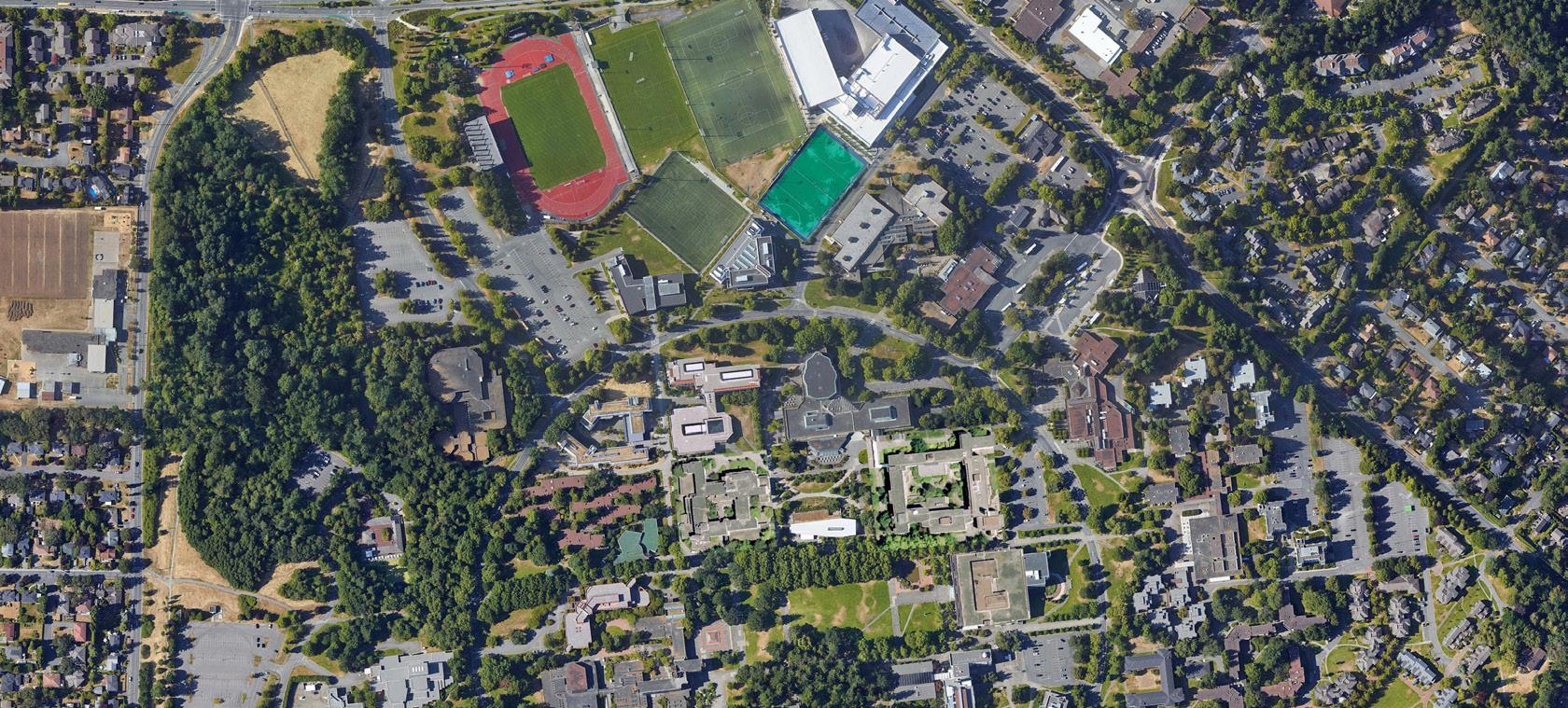
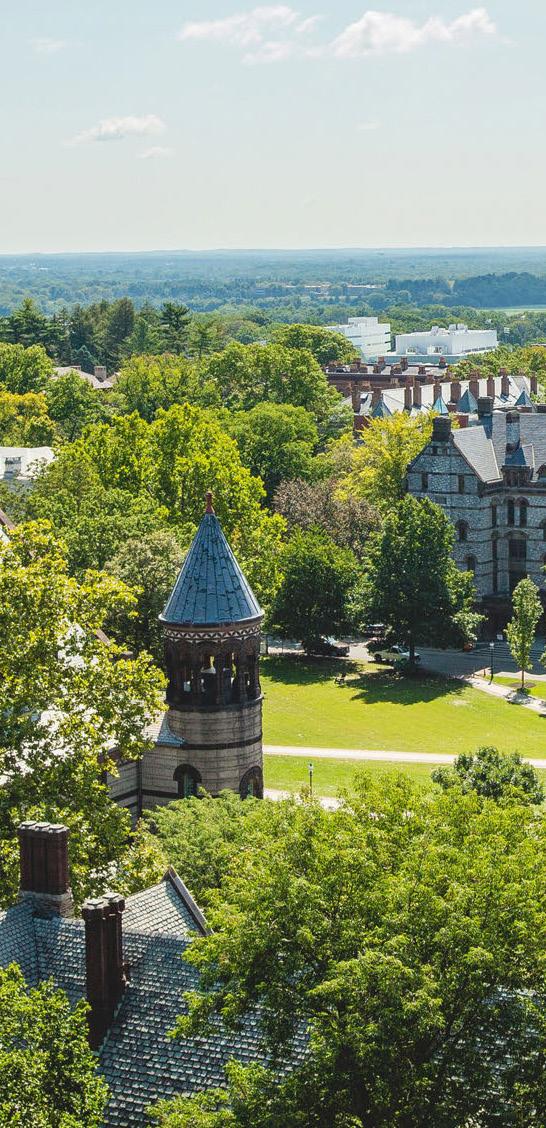 Oregon State University Cascades Campus Energy Feasibility Study
435 Indio Way Confidential Tech Campus
TELUS Garden
Swarthmore College Roadmap to Zero
University of Victoria Campus Decarbonization Master Plan
Princeton University, Lake Campus Geoexchange Central Plant
Oregon State University Cascades Campus Energy Feasibility Study
435 Indio Way Confidential Tech Campus
TELUS Garden
Swarthmore College Roadmap to Zero
University of Victoria Campus Decarbonization Master Plan
Princeton University, Lake Campus Geoexchange Central Plant
The district energy system saves approximately 6,500 tons of carbon and allows University of Victoria to achieve their energy and carbon reduction goals.
LOCATION
Victoria, BC, Canada
CLIENT
University of Victoria
COMPLETION
2021
EXPERTISE
• District Energy
• Sustainability Policy
• Stakeholder Engagement
• Emissions Analysis
• Energy Modeling and Data Visualization
• Mechanical
• Electrical
This master-planning project involved the development of a comprehensive implementation strategy to enable carbon-neutral operation of the University of Victoria campus by 2040. The study focused on emission reduction measures related to building operations and construction from the university’s 142 existing buildings, which serve approximately 20,000 students plus staff each year.
The masterplan is being funded in partnership with BC Hydro through the CleanBC incentive program, and was developed in collaboration with the UVIC Energy Manager over two phases. Phase 1 involved a review of existing campus infrastructure, fuel and emission accounting, and stakeholder engagement, in order to identify and assess potential carbon reduction opportunities. Phase 2 involved “filtering” those opportunities through high-level stakeholder
objectives, technical criteria, life-cycle cost, and short/medium/long term feasibility. A major focus of the study involved transition strategies from the campus’ existing natural gas-based 27.5MW district heating system, and modeling of relative thermal energy demand intensity (TEDI) of campus buildings. The project culminated with identification of a final recommended “technical pathway” that will guide the implementation of discrete short, medium, and long-term emissions reduction initiatives over the next 19 years of campus operation.
Introba’s team for this project included staff roles dedicated to District Energy, Sustainability Policy, Stakeholder Engagement, Emissions Analysis, Energy Modeling and Data Visualization, Mechanical, and Electrical.
Right: University of Victoria © Google Earth Pro
The project considered a multitude of technical, economic, environmental, and logistical factors, opportunities, and limitations — all in the specific context of Swarthmore College’s existing energy infrastructure and its ultimate goals.
LOCATION
Swarthmore, PA, USA
CLIENT
Swarthmore College
COMPLETION
Study completed in 2019. Currently in design and start of construction
AREA
425 acres
EXPERTISE
• Energy Master Plan Consulting
• Energy and Carbon Modeling
• Mechanical Engineering
• Electrical Engineering
SUSTAINABILITY
Zero Carbon Campus Master Energy
Master Plan
Swarthmore College aims to become a carbon neutral campus by 2035. The college retained Introba to develop and evaluate campus decarbonization strategies, including financial analysis, and develop an implementation plan. Several strategies and specific technical scenarios were developed and evaluated. All scenarios included a transition from their existing steam system to a new low-temperature thermal (LTT) campus heating and cooling network. The proposed solution relies on heat pump/ heat recovery chiller technology that would capture and recover low-grade waste heat between simultaneous heating and cooling
on campus. This is coupled with on-site low-grade renewable energy sources, including a vertical closedloop geo-exchange system. The scope also included review of the campus electric grid capacity and reliability, and developing and evaluating campus micro-grid opportunities.
Following the completion of the Roadmap to Zero, Introba was retained to complete the design for the recommended solutions. The schematic and design development for the central plant, geo-exchange field and campus low-temperature heating water (LTHW) distribution network has been completed.
Right: Swarthmore College © Swarthmore College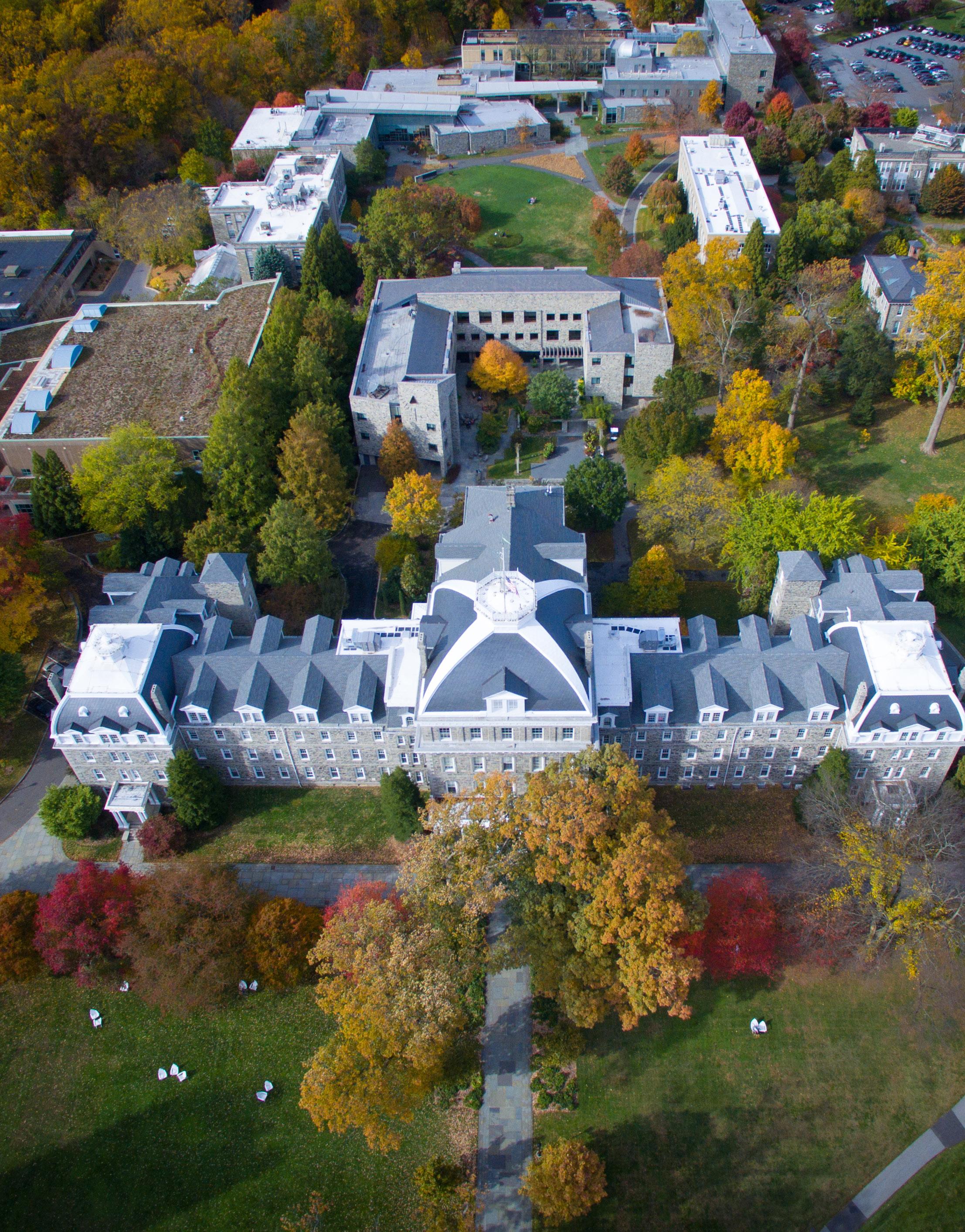
The new Lake Campus will add 500 acres of additional development to the Princeton campus. Immediate projects include a complex of graduate student housing and a racquet center.
LOCATION
Princeton, NJ, USA CLIENT Princeton University
Princeton University is developing nearly 500 acres of land that is currently used for farming and sports fields into the Lake Campus. The new Campus will ultimately include a variety of building types, including housing, athletic facilities, innovation center, and office buildings.
water and gas boilers for emergency heating and to reduce peak loads
EXPERTISE
• Mechanical Engineering
• Electrical Engineering
• Plumbing Engineering
• Energy Modeling
ARCHITECT
ZGF Architects
Introba is designing a new geoexchange central plant to provide hot and chilled water to the new campus buildings. The system will include roughly 3 acres of 600 ft boreholes, along with 600 tons of heat recovery chillers, 500,000-gallon thermal energy storage tanks for hot and chiller
when needed (anticipated to be only 1% of annual heating load). The new plant will supply a nearly zero-carbon source of heating and cooling to all new campus buildings. The system is designed to expand over time as the campus is fully built-out over a 30-year period.
Key Features - Designed to provide low/zero carbon emissions heating and cooling for campus via a geo-exchange central plant.
Right: Princeton University © Chris Fascenelli/Princeton University
OSU Cascades Campus has set a goal to become a net zero energy campus by implementing highly energy efficient climate-responsive buildings complemented with on-site renewable energy sources and technologies.
LOCATION
Bend, OR, USA
CLIENT
Oregon State University
COMPLETION
Study completed in 2019, design of Phase 1 completed in 2020, currently in construction
AREA
128 acres
EXPERTISE
• Energy Consulting
• Energy Modeling
• Electrical
SUSTAINABILITY
Net Zero Energy Target
Starting with the validation and refinement of the OSU’s LongRange Development Plan (LRDP), Introba conducted a feasibility analysis of several energy system options. The study included technical concepts development, capital and life cycle cost estimates and analyses, development of a phased implementation plan, and consideration of innovative financing strategies. One of the key goals was the detailed evaluation of available geothermal/ geo-exchange options as the primary energy source and conversion technology. The scope also included preliminary concept and cost estimates for new electrical distribution infrastructure for two scenarios: PV system with and without campus micro grid.
Following Introba’s recommendations from the campus energy feasibility study and based on favorable onsite geothermal/ geo-exchange test results, Introba has been retained by OSU to design the initial phase of an Open Loop Geo-Exchange system for the Cascades Campus. Introba has completed the design and is currently overseeing the installation of the initial phase of the Open Loop Geo-exchange system in close coordination with the campus infrastructure design team.
Right:
Oregon State University Cascades Campus Energy Feasibility Study
© Introba
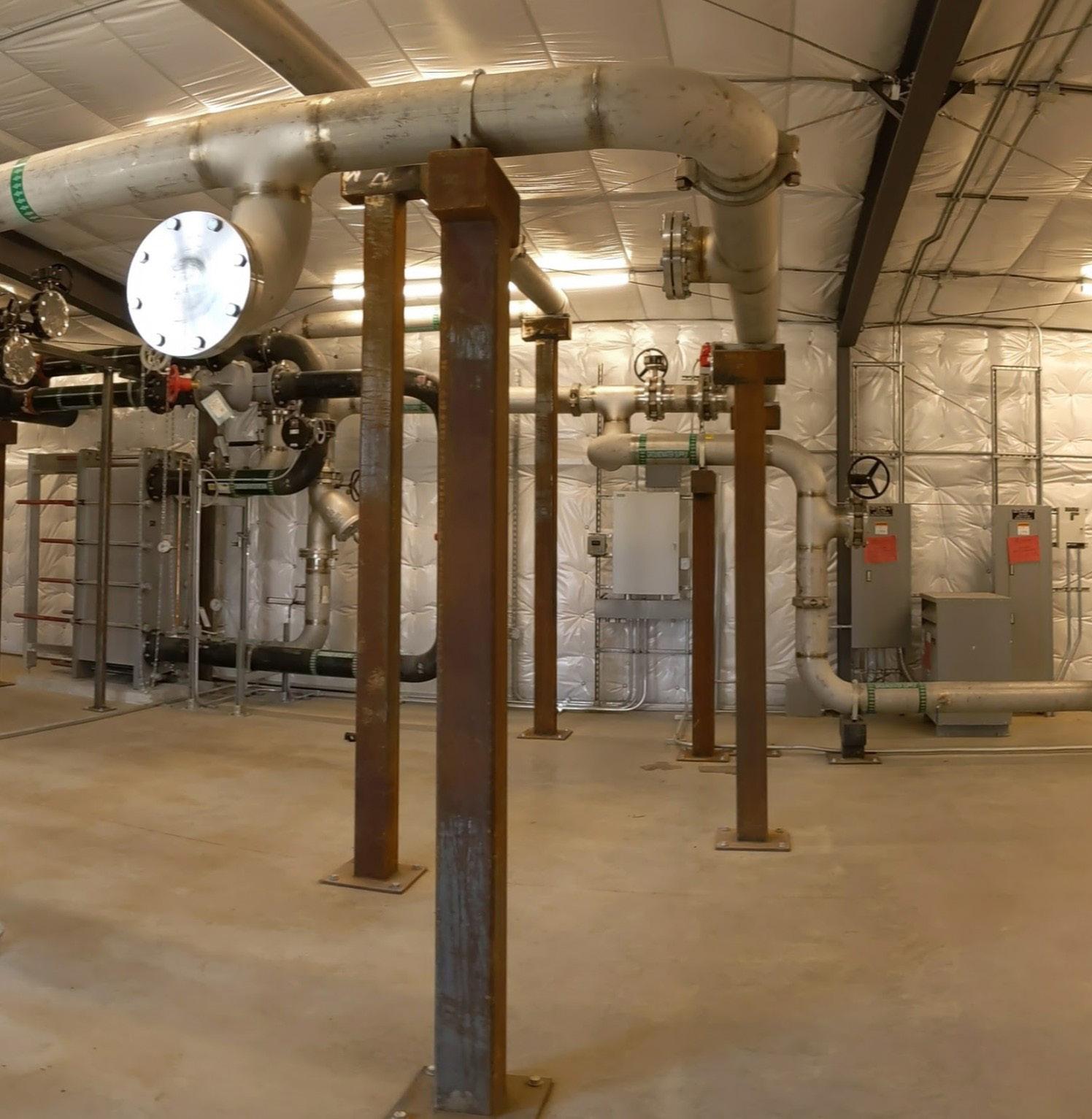
The development features a central plant with high efficiency heat pumps and waste heat recovery from the TELUS Data Centre, radiant heating and cooling, demand-controlled ventilation, and LED lighting.
LOCATION
Vancouver, BC, Canada
CLIENT
Westbank
COMPLETION
2015 Office, 2017 Residential
AREA
930,000 ft² (480,000 ft² office, 450,000 ft² residential)
EXPERTISE
• Mechanical, Electrical
• Plumbing, Energy Modeling
• District Energy System Design
• Sustainability Consulting
SUSTAINABILITY
LEED Platinum (office)
LEED Gold (residential)
ARCHITECT
Henriquez Partners Architects
TELUS Garden consists of two new two new towers in the heart of downtown Vancouver. The 44-story office tower was completed in September 2015 and is the first LEED Platinum office building in Vancouver. It houses TELUS’s new headquarters as well as other offices, a restaurant, and a public plaza, while the 450,000 square foot residential building, built to LEED Gold, includes market housing, retail units, and underground parking. The project also includes over 10,000 square feet of green roofs.
The energy use target was set at 35% below ASHRAE 90.1 2007 energy efficiency requirement. Through the integrated design approach, the design and energy model came in at
3,296,171 kWh per year and 43% below the energy efficiency standard. The development features a central plant with high efficiency heat pumps and waste heat recovery from the TELUS Data Centre, radiant heating and cooling, demand-controlled ventilation, and LED lighting.
TELUS Garden integrates daylight, thermal comfort, and high air quality for 2,000 occupants at low cost and environmental impact over the life cycle of the building. The building uses information technology to connect a variety of subsystems, which typically operate independently, so that these systems can share information to optimize total building performance.
TELUS Garden
© Westbank
Right: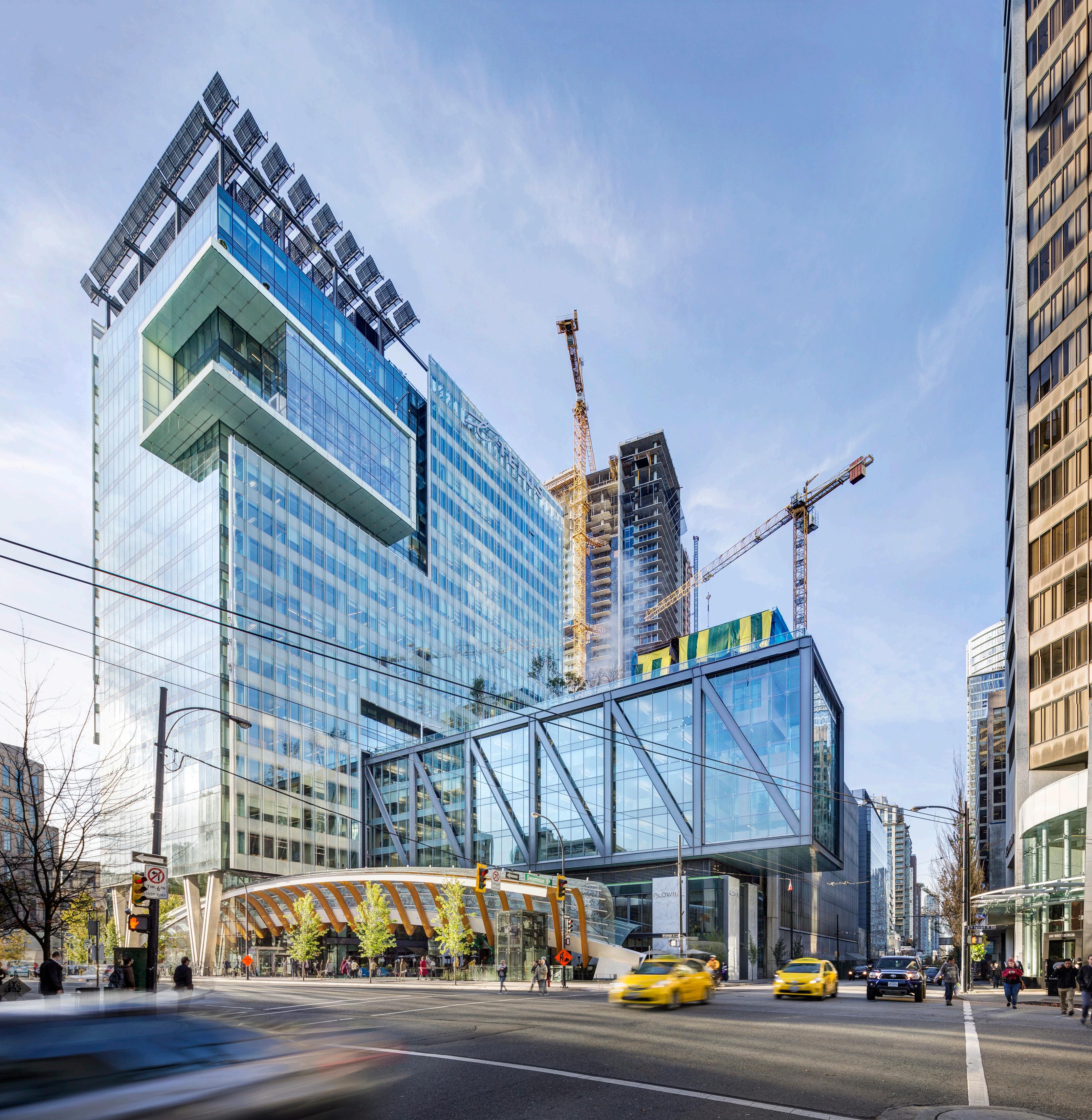

Introba vetted materials used for the structures, finishes and furnishing against ILFI’s Red List-free requirements, reviewing submittals, and communicating directly with manufacturers and advocating for materials health.
LOCATION
Richmond, BC, Canada
CLIENT
Confidential Tech Client
COMPLETION
2021
AREA
Greater than 1,000,000 ft²
EXPERTISE
• Mechanical, Electrical ,Plumbing, Modeling
• Sustainability Consulting
• Materials Vetting
• Photovoltaic (PV) System
SUSTAINABILITY
LEED Platinum
Living Building Challenge Targets
ARCHITECT
Confidential
This new campus for a confidential client in Silicon Valley will be a showcase of state-of-the-art technologies and innovative engineering design. The facility will be served by an all-electric heating and cooling plant as well as ~5MW of photovoltaics on site.
The Introba team has been challenged to integrate a mechanical engineering solution in an extremely unique and iconic architectural form while providing the highest levels of thermal comfort and indoor environmental quality.
To successfully design a campus that encourages workplace connectivity and enables innovation, the design and construction team is fully integrated and committed to meet the fast-track design and construction schedule.
To accomplish this goal, the team developed an all-electric solution
that includes heat recovery heat pumps coupled with a geo-exchange heating and cooling system that is fully integrated into the building structural piles to exchange heat with the surrounding ground. With the annual heating and cooling provided by geo-exchange, carbon emissions are reduced by half compared to a typical building. The innovative system also eliminates water use for cooling. Introba is providing MEP Engineering plus a suite of consulting services to help the client meet their goals, including energy modeling, CFD simulations, thermal comfort modeling, and air quality analysis. Introba is also supporting the civil engineering in creating a site Zero Net Water Campus and collaborating with the client to complete extensive materials toxicity analysis. This includes working to vet materials based on sourcing and Living Building Challenge Red List assessments.
Right: © Emily Hagopian
The CORE program includes the construction of a new Central Utilities Building which will utilize the largest geo-exchange system in Canada. Modifications will also be made to the terminal building to increase efficiency. The project will reduce YVR’s greenhouse gas emissions by 33%.
LOCATION
Richmond, BC, Canada
CLIENT
Vancouver Airport Authority
COMPLETION
2022
AREA
Greater than 1,000,000 ft²
EXPERTISE
• Commissioning,Mechanical Engineering,
• Fire Protection Engineering,Sustainability Consulting
• Energy Modeling
CONSTRUCTION VALUE
$650 Million
ARCHITECT
Stantec Architecture, Francl Architecture
Since 2014, Introba has worked alongside the Vancouver Airport Authority to develop an initial idea of reducing the Airport Authority’s and Sea Island’s greenhouse gas emissions by 33%. These early studies and designs ultimately led to the current Vancouver International Airport CORE Program, where a new Central Utilities Building (CUB) is being constructed to serve the largest building in British Columbia, the existing Terminal Building.
Within the Central Utilities Building, a new thermal energy plant will utilize the largest geo-exchange system in Canada—with up to 1,400 boreholes at full build-out—as its primary source of low-carbon heating and cooling. The current geo-exchange field of 840 boreholes will provide 3,700 tonnes of greenhouse gas emission reduction at completion in 2023. In addition to
greenhouse gas emission reductions, the geo-exchange system also reduces potable water consumption by minimizing the use of evaporative cooling towers. Using cooling towers with plume abatement technology adds the benefit of minimizing low visibility concerns for the control tower.
The CORE Program also includes renovations to the existing Terminal Building’s infrastructure to improve energy efficiency and ready the building to work harmoniously with the new CUB. Modifications include changing the entire heating system for the Terminal from a high temperature system to a low temperature system.
Key Features:
• Low Carbon Energy System
• Geo-Exchange System
• Rainwater Reuse
• Envision Framework
© Francl Architecture
Upper Right:
© Introba
Right: Vancouver International Airport CORE Program Construction of New Central Utility Building at Vancouver Internationalional Airport

The University of Michigan selected Introba to develop an engineering strategy to transform UM’s energy infrastructure.
LOCATION
Ann Arbor, Flint, Dearborn, USA
CLIENT
University of Michigan
COMPLETION
2019 - present
AREA
Greater than 1,000,000 ft²
EXPERTISE
• Utility and campus energy system data analysis
• Regulatory analysis, Financial analysis and forecasting
• Conceptual design of multiple strategies to improve infrastructure efficiency, deploy solar PV, maximize electrification, and utilize biofuels
PROJECT BUDGET
$200,000
The University of Michigan selected Introba to develop an engineering strategy to transform UM’s energy infrastructure. Reporting to the President’s Commission on Carbon Neutrality (PCCN), Introba’s task is to analyze and conceptually design carbon neutral energy systems to deliver heat and power to the University’s 38 million square feet of real estate across its Ann Arbor, Flint, and Dearborn campuses.
Introba developed and evaluated viable technical concepts to convert their existing energy infrastructure to achieve their vision for carbon neutrality across the university’s six major campuses. Central Campus, the largest of the six campuses representing 60% of the total campus building area, utilizes a natural gasfired co-generation plant to provide
50% of the campus’s total electricity needs as well as steam for heating and absorption cooling. Introba’s scope involved establishing baseline heating and cooling loads, working with the university to create a bespoke vision of carbon neutrality for each campus, developing cost effective technical low carbon energy infrastructure conversion solutions, and conducting a life cycle cost analysis to identify optimal recommendations for each of the six campuses. This work was packaged into a strategy report providing University of Michigan with a roadmap to carbon neutrality.
Key Features:
• Passivhaus building envelope
• Active chilled beam system
• Retention of historic buildings
• LEED Platinum
© Elementa Engineering DPC
Right: Interactive map showing the various energy use stats by building for the Central Campus.
Our District Energy team advise clients on the replacement of inefficient and high carbon heating and cooling networks with district energy systems that will accelerate the transition to renewable and zero-carbon energy sources.
Through our global network of sector leaders we connect innovations across markets.

With over 30 years of experience, Vladimir is an internationally regarded expert in renewable and low-carbon, low-temperature energy systems coupled with lowgrade energy sources. Over the years, he has designed many unique and innovative systems, including pioneering applications of lowintensity radiant slab heating and cooling systems in North American, and developing and coining the concepts of “Ambient Temperature” and “Low-Exergy” district energy systems. Vladimir leads the Introba’s District Energy services team.
Justin is a mechanical engineer and Certified Passive House Designer with deep technical experience in the green building industry. With a pragmatic design approach, he creates project-specific solutions specializing in both buildinglevel systems and institutional and campus-scale district energy systems. Justin emphasizes using an integrated process to ensure all stakeholder needs are met and to provide simple, elegant, and practical solutions to the client.



Eric Solrain is an innovative, collaborative and goal-oriented mechanical engineer responsible for the procurement, management, and design of building engineering system projects. With a focus on architectural and social significance, sustainable and efficient systems, and cost- and maintenanceconscious designs, Eric brings a calm and reliable creativity to the art of engineering the built environment.
David leads Introba’s Australian National Sustainability Team and is known for his pragmatic approach to sustainability, providing evidence-based advice that focuses on people, place, and performance. He brings with him a wealth of knowledge in cuttingedge analytical tools, sustainable design technologies, and global benchmarks and exemplars. David has served on industry panels including the GBCA Expert Reference Panel for GHG Emissions, the WELL Building Standard’s Global Advisory Group for the Light and Thermal Comfort Concepts, and the PCA Sustainable Development Committee.
A chartered engineer with considerable experience of working as a Building Services Consultant and extensive track record of working in diverse sectors including higher education, hotel and leisure, commercial, airports, residential and laboratories. A reliable resource for technical information and problem solving, Hugh is consistently committed to delivering high quality work and meeting the needs of his clients. He offers tailored solutions by considering all aspects of design in order to benefit each project.
 David
Hugh
David
Hugh

Introba is part of a global alliance of infrastructure brands. United in our vision to transform the world by designing solutions that enhance how people, places, and communities connect.
Our global alliance members are consulting and engineering firms with unique and complementary specializations, serving the building, transportation, and water sectors.
Together we provide our clients with the resources and reach of a truly global company and the innovative thinking and deep focus of a best-in-class specialty firm.
Our alliance enables us to tailor and scale our solutions to our client’s specific needs. Through technical excellence, local knowledge, and future insight we empower positive change in our communities and for our planet.


